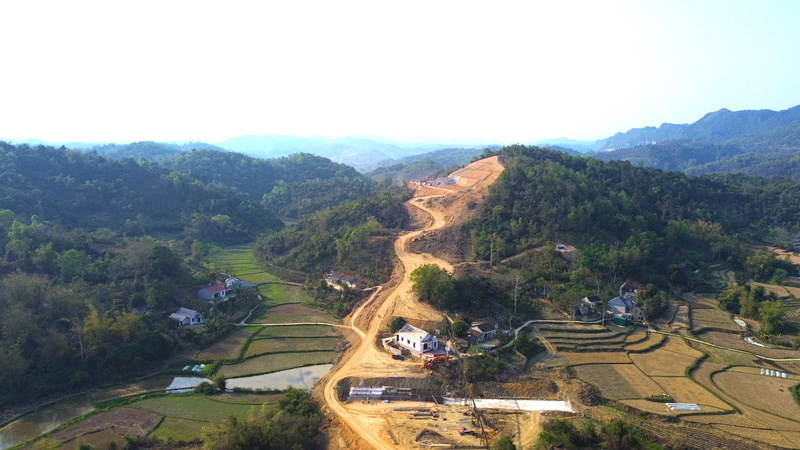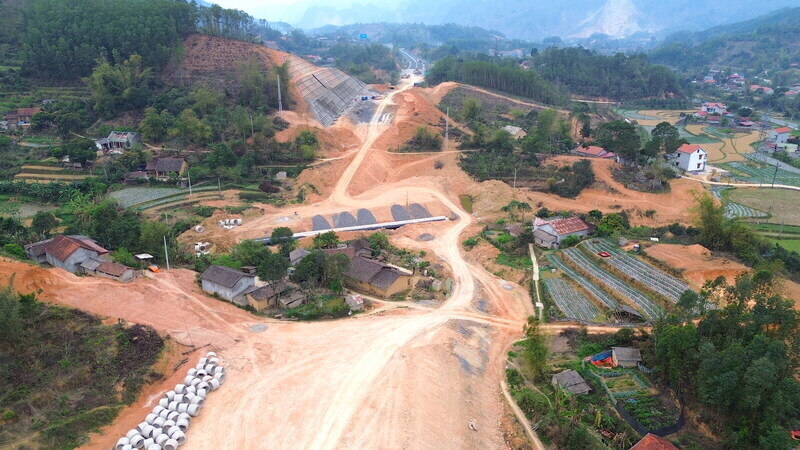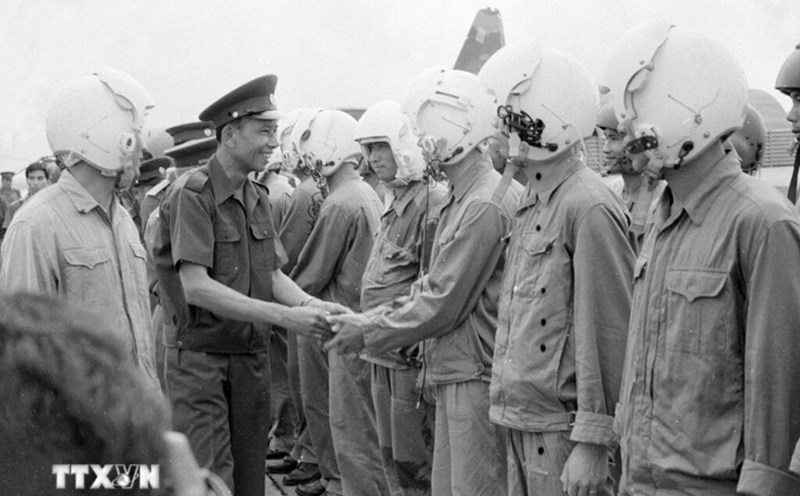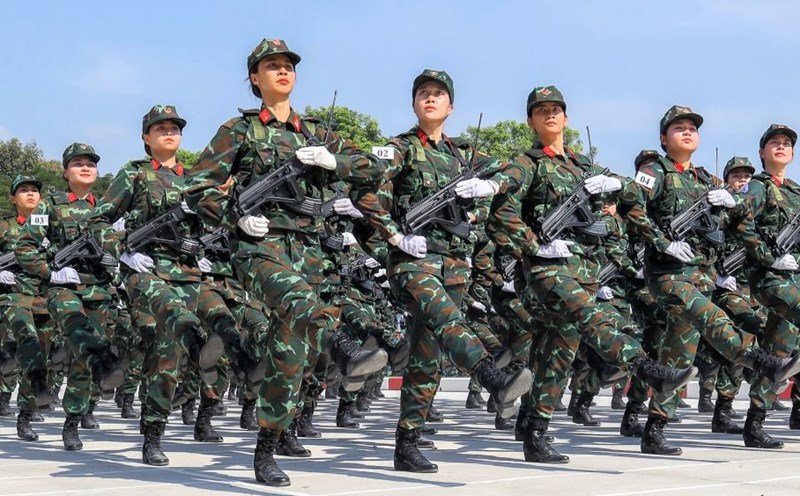In the picture of strategic infrastructure development in the Northeast region, the two expressway projects Dong Dang - Tra Linh and Huu Nghi - Chi Lang are considered new transportation "blood vessels", carrying the mission of connecting international border gates, expanding development space, strengthening regional linkages and promoting border trade.
However, on the field, both projects are facing many obstacles, especially in the stage of site clearance and relocation of technical infrastructure - "bottlenecks" that need to be removed.
According to the report, phase 1 of the Dong Dang - Tra Linh expressway project is over 93 km long, with a total investment of nearly VND14,114 billion.

Up to now, 70 construction teams have been deployed along the entire route, mobilizing more than 2,000 personnel and nearly 1,000 equipment and machinery. The output value reached about VND2,334 billion, equivalent to 22.3% of the contract value.
According to the reporter's research, although the construction speed has changed, the delay in handing over the site at many key locations is hindering the implementation pace.
In Lang Son province, only 387/458 hectares have been handed over, reaching 84.5%, with 87 households not yet relocated. Cao Bang province has reached a rate of 88%, but there are still 85 households that have not handed over their houses and residential land.
In particular, about 158 households in Thach An and Quang Hoa districts are lacking resettlement land, causing prolonged stagnation.

At the same time, with a length of 43 km and a total investment of more than VND 11,000 billion, the Huu Nghi - Chi Lang project is expected to complete the "last link" in the expressway corridor axis connecting Lang Son - Hanoi.
However, the construction progress to date has only reached 11.66% of the contract value.
Although contractors have increased 239 personnel and 226 equipment since March 2025 and added 5 construction teams, the construction site still does not have a seamless site.
The entire route has 497 households that had to be relocated, but only 81 households have handed over the site. Hundreds of technical infrastructure works such as high-voltage power poles, telecommunication lines, and railway signals have not been relocated.

One of the major problems at present is the phenomenon of " sticky rice and bean" construction.
According to statistics, in the entire Lang Son area, there are up to 828 locations of power projects that have not been relocated, including the 110kV power pole.
Telecommunications infrastructure, water roads, railway signals... are also waiting to be resolved.
Mr. Vu Xuan Huy - Director of the Executive Board of DCT 559 Investment Joint Stock Company - a construction contractor shared: "We have mobilized over 140 vehicles, machinery, equipment of all kinds and over 400 engineers and construction workers on the construction site, taking advantage of favorable weather to construct on the route. However, the "sticky rice and bean" site has greatly affected the construction implementation".
Many sections of the route cannot implement bridge piles, bored piles, box culverts, and underpasses, causing the construction site to be cut off, reducing the effectiveness of synchronous construction.
Both of these projects are on the list of national key projects, of special interest to the Prime Minister, requesting the completion of site clearance in March 2025. However, in reality, the site clearance has not been completed.

Mr. Do Minh Tuan - Vice Chairman of Van Lang District People's Committee said that currently, the entire political system is making efforts to participate day and night in site clearance work to hand over clean land to the project.
According to Mr. Tuan, authorities at all levels have mobilized people to temporarily stay in temporary houses to hand over the site. Investors also affirmed their readiness to increase construction teams, machinery, and human resources as soon as the site is clear.
However, to achieve the goal of opening the route, it is necessary to have a clear plan with specific handover milestones, avoiding the situation of waiting for the line and slow construction.











